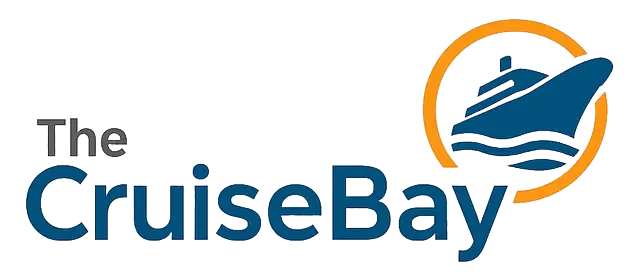When boarding a cruise, one of the most common questions travellers ask before sailing is: “Is cruise ship water safe to drink?” or if they should stick to bottled water. The answer is: tap water on modern cruise ships is generally safe and reliable. These ships are equipped with advanced purification systems that meet strict health standards, ensuring clean and safe drinking water. Passengers can feel confident filling a glass in their cabin or enjoying water served in dining areas. However, some may still prefer bottled water for taste or personal comfort.
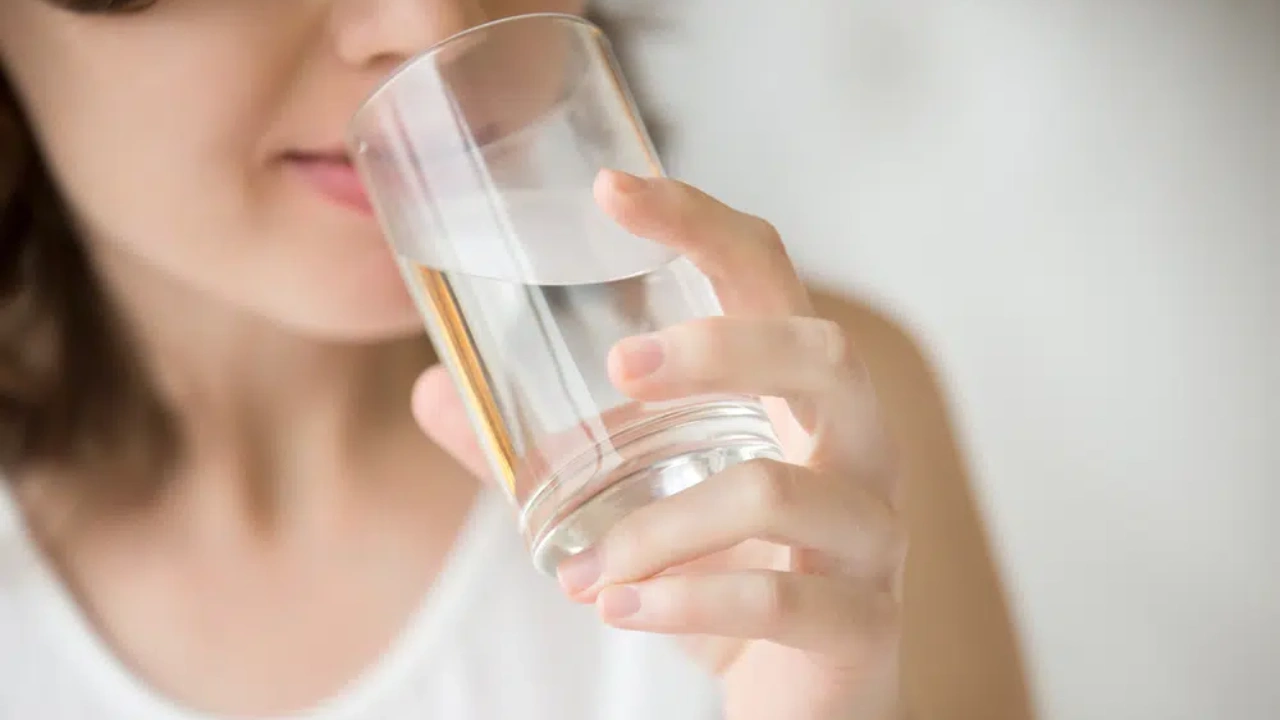
How Cruise Ships Get Their Drinking Water
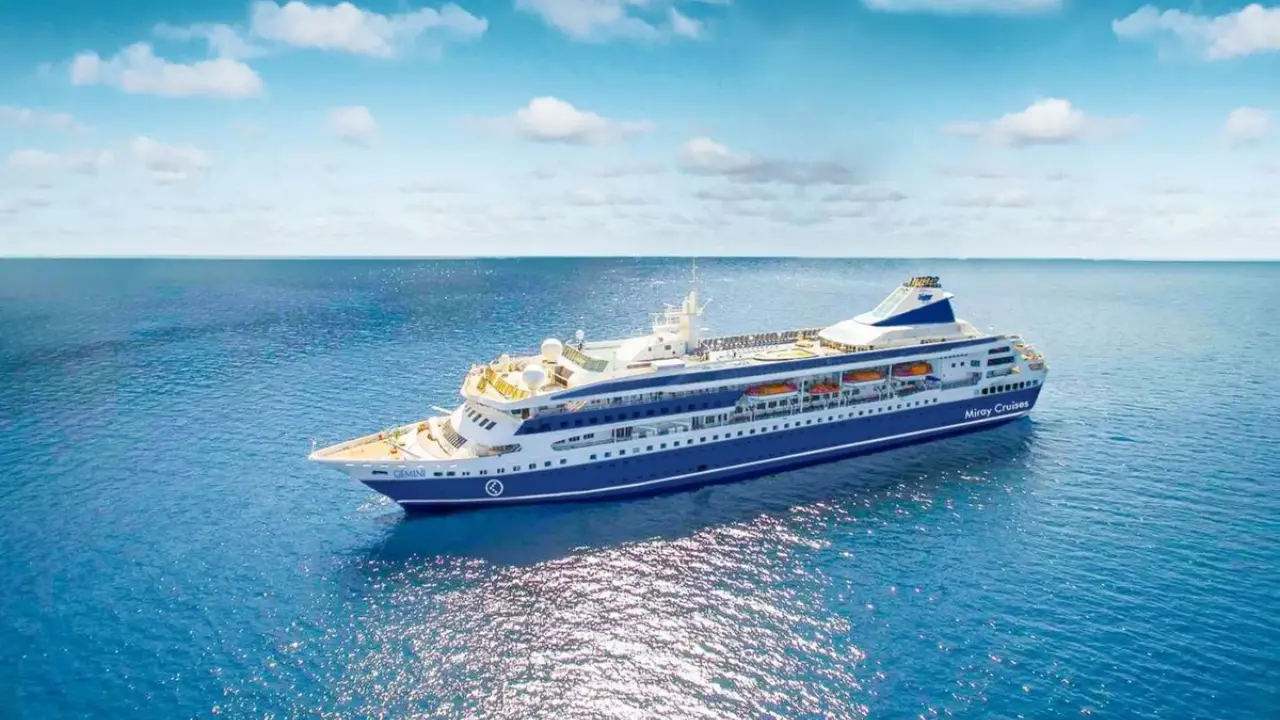
Cruise ships cannot rely on carrying huge amounts of fresh water for long voyages. They use a combination of clever technologies to make cruise ship water safe to drink.
- Desalination: Most cruise ships get their water from the ocean using onboard desalination plants. Two main methods are used: reverse osmosis, where seawater is pushed through special membranes to remove salt and impurities, and distillation, where seawater is heated into steam and condensed back into fresh water. Both cruise ship water purification systems provide clean, safe water for drinking and daily use.
- Storage Tanks: Cruise ships are equipped with large storage tanks that hold fresh drinking water. These tanks act as a reserve during long voyages or in remote areas where desalination or port water is not available. This ensures that water on cruise ships is safe to drink.
- Port Water Bunkering: When docked, ships can take in water from port facilities. The water is sourced from the local municipal supply and then additionally purified and tested onboard to ensure it meets safety standards. It’s often used as a backup or when water demand is high.
Embark on the Facts: Cruise lines follow strict rules to keep onboard water clean and safe. To learn which companies have the best safety records, explore the list of the world’s safest cruise lines.
Is Cruise Ship Tap Water Safe to Drink
The quick answer is yes. Ships follow strict safety standards set by authorities such as the U.S. Public Health Service’s Vessel Sanitation Program (VSP) and the World Health Organization (WHO). Water is tested regularly to ensure it remains clean and safe throughout the journey.
U.S. Public Health Service
The organization look after water quality on cruise ships in United States waters through its Vessel Sanitation Program (VSP). This program sets cruise ship water safety guidelines for water safety, sanitation, and hygiene. It includes regular inspections, lab testing, and clear steps for fixing any problems. The VSP has played a key role in making the cruise ship water safe.
World Health Organization (WHO)
The WHO offers global guidance on water safety through its Guide to Ship Sanitation. This resource helps cruise lines create water safety plans covering sourcing, treatment, storage, and distribution. It regularly monitors and maintains to keep the water safe. By following these guidelines, cruise ships reduce the risk of waterborne illnesses and ensure passenger health.
Passengers can feel confident using tap water for drinking, brushing teeth, or making coffee in their cabin.
Tip: Water safety regulations may vary based on the specific region or itinerary of the voyage. This is also true when exploring the best cruise destinations to visit.
Cruise Ship Water Filtration and Safety Standards
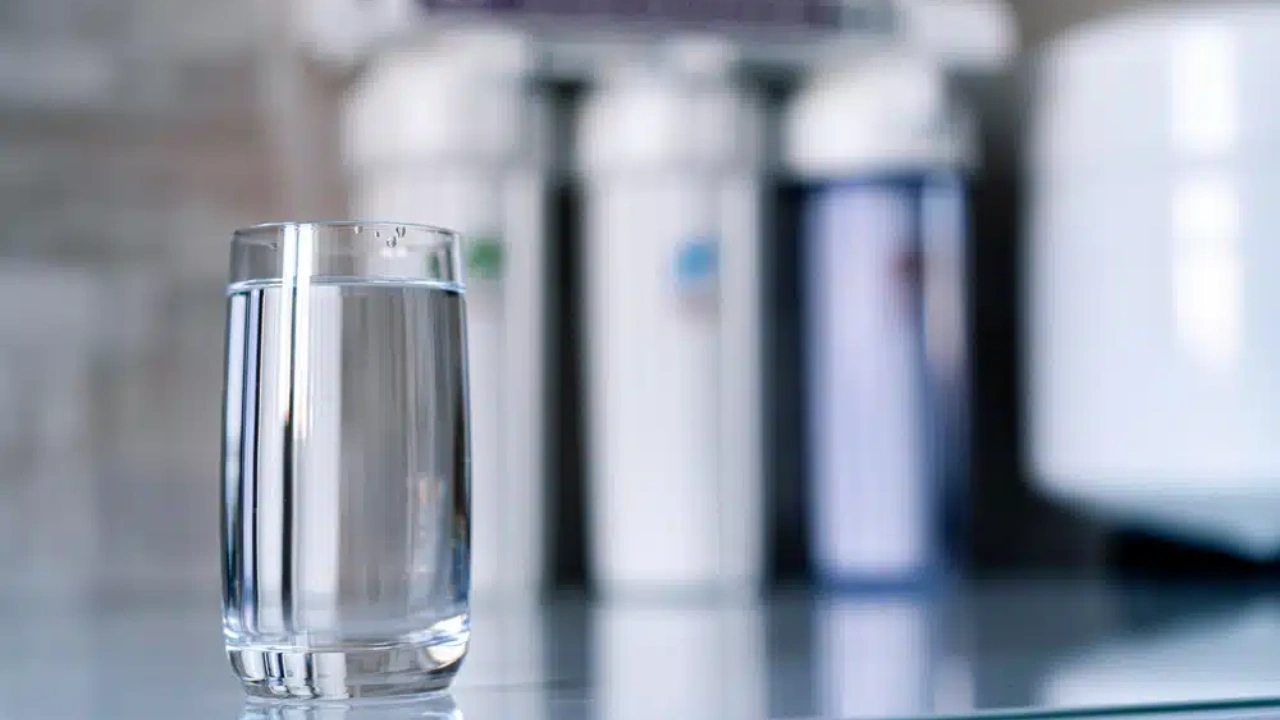
To make cruise tap water safe to drink, ships use multi-step filtration systems. These include:
- Reverse Osmosis: Cruise ships first use reverse osmosis, where seawater is pushed through fine membranes. This process removes salt and other impurities, turning ocean water into clean, fresh water suitable for drinking and daily use.
- Chlorination: Once the water is purified, it goes through chlorination. This step kills harmful bacteria and keeps the water safe while it is stored and distributed across the ship.
- UV Treatment: As an added layer of protection, cruise ships use ultraviolet (UV) light treatment. This neutralizes microorganisms that may survive earlier stages, ensuring the highest level of safety.
Some cruise lines undergo biannual inspections, where pH and halogen levels are verified to ensure compliance with hygiene standards.
Where Tap Water Is Available on a Cruise
Passengers can find tap water in several places onboard a cruise ship, including:
- Cabin bathroom
- Dining room
- Buffet
- Bars
- Refill stations
- Beverage dispensers
Does Cruise Ship Water Taste Different?
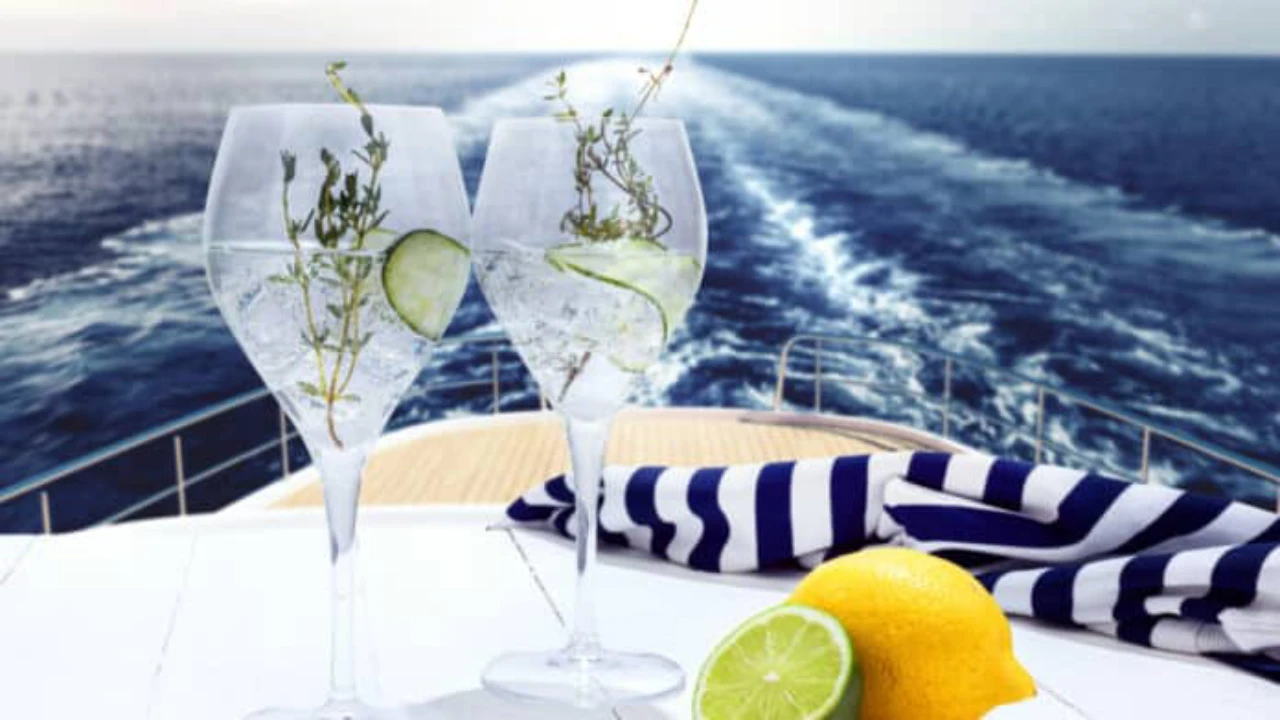
Cruise ship water is safe to drink, but some passengers may notice a slight difference in taste compared to what they’re used to at home. This can happen because the water comes from desalination or port supplies and may contain small amounts of chlorine for safety. While the taste is harmless, those who are sensitive to it often prefer bottled water for drinking.
Challenges and Solutions in Maintaining Safe Water on Cruise Ships
Cruise ships face several challenges when it comes is cruise water safe to drink. Constantly moving between different regions and the high demand for safe water because of the large number of passengers requires strict monitoring and efficient storage. The most common challenges are:
- Water sourcing
- Storage and distribution
- Water treatment
- Microbial testing
- Crew training
However, to overcome these problems:
- Technologies such as reverse osmosis and nanofiltration are used to remove impurities and improve water clarity, making it safe for drinking.
- Sensors track chlorine levels, pH balance, and microbial presence across the ship’s water system. This allows the crew to spot problems early and take corrective action.
- Health authorities and cruise lines conduct inspections to check water systems, storage, and treatment practices, ensuring compliance and continuous improvement.
Cruise Ship Bottled Water Safety
Although tap water is safe to drink, many passengers choose bottled water instead. This is often due to taste preference rather than safety concerns. Bottled water may also feel like a safer choice for those with sensitive stomachs or weakened immune systems.
In terms of cruise ship bottled water safety, bottled water onboard is sealed, regulated, and safe to drink. However, buying bottled water can be more expensive, and it is not a necessity for most travellers.
Navigate More Info: When deciding between using the ship’s water or purchasing additional beverages, the article are cruise drink packages worth it provides useful information to support informed choices.
Water Safety Guidelines for Passengers
Here are a few cruise ship water safety guidelines to keep in mind:
- Passengers can safely drink tap water on the ship, whether it comes from the cabin sink, dining rooms, or beverage stations.
- It is best to use the designated water dispensers around the ship for refilling bottles, as these provide fresh and clean water.
- Bottled water is also available for those who prefer it for taste or comfort, though it is not required for safety.
- To avoid contamination, passengers should not fill bottles from the bathroom or public restroom sinks.
- If the crew gives any water-related instructions, such as boil-water notices, passengers should follow them carefully.
- Staying hydrated is important, especially in warm weather or during busy activities on board.
Myth-Busting: Is Cruise Water Unsafe?
Many passengers worry that it is safe to drink tap water on a cruise ship, as it is recycled toilet water, has a salty taste, or is contaminated. In reality, cruise ships have separate systems for greywater (from sinks and showers) and blackwater (from toilets), and while this wastewater is treated before disposal, it is never reused for drinking water.
Any unusual taste in drinking water usually comes from small amounts of chlorine, which is added to keep the water safe, or from a lack of minerals compared to tap water on land, not from poor quality.
To further reassure passengers, whether it is safe to drink water on a cruise ship, cruise ships undergo strict health inspections and daily vessel sanitation checks, ensuring that the water onboard remains safe, clean, and reliable for everyone.
When to Avoid Cruise Tap Water
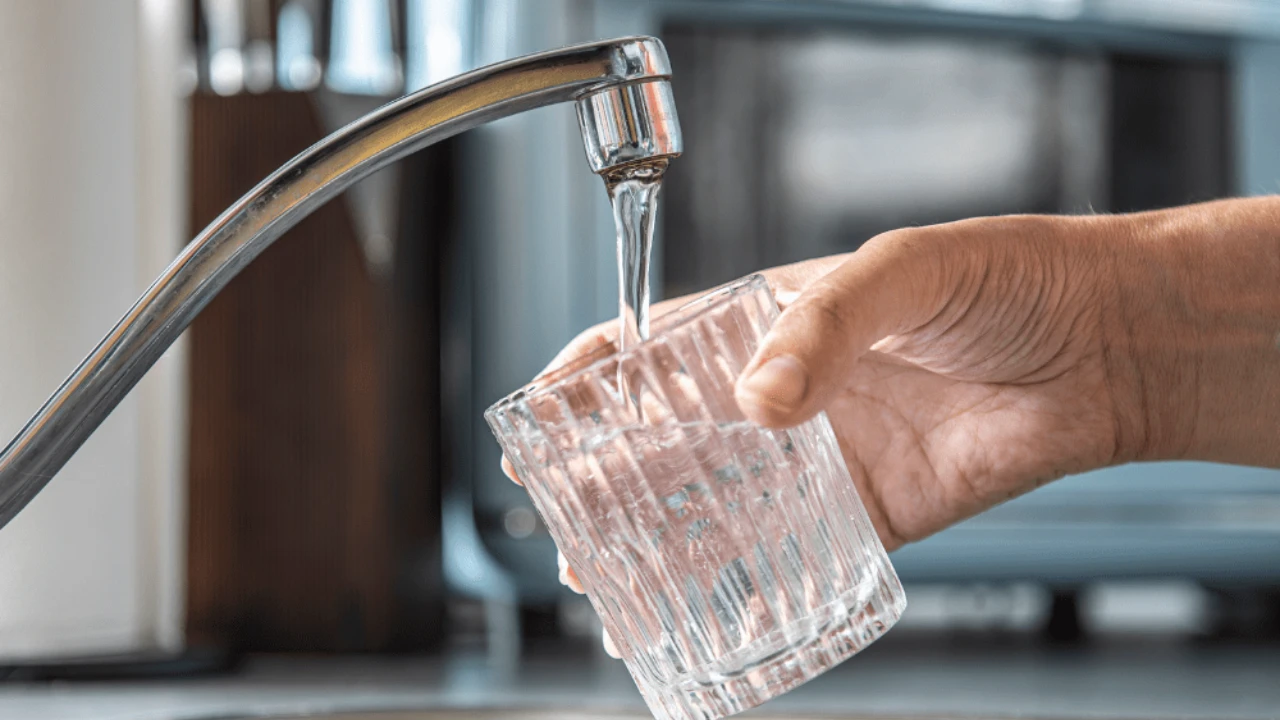
While tap water on a cruise ship is safe to drink for the vast majority of people, there are rare occasions when bottled water may be a better choice:
- Medical Conditions: Cruisers with compromised immune systems or certain medical conditions might be advised by their doctor to stick to bottled water for extra caution.
- Sensitive Taste Preferences: For passengers who are sensitive to the taste of purified water, bottled water may feel like a more comfortable option.
- Older Ships: In rare cases, older ships or those visiting less-developed ports may not have the most modern water systems. During such times, choosing bottled water is a safer option, though these situations are becoming increasingly uncommon.
Conclusion: Is Cruise Ship Water Safe to Drink?
Cruise ship water is safe for drinking. With advanced purification systems and strict health inspections, the water provided onboard is clean and reliable. Passengers can confidently fill their reusable bottles from dispensers, stay hydrated, and enjoy their trip without worry. Bottled water is available as a convenience, but it is not necessary for safety.
Frequently Asked Question (FAQs)
Yes. Cruise ship tap water is purified, filtered, and regularly tested to meet international health standards.
Cruise ships mainly use desalination (removing salt from seawater through reverse osmosis or evaporation) and also store freshwater from ports.
Not inherently. Tap water is already processed and safe. Bottled water offers taste or convenience benefits.
Yes. The tap water is perfectly fine for brushing teeth and other daily uses.
Yes. Every modern cruise ship has a cruise ship water purification system with multiple steps, like reverse osmosis, chlorination, UV treatment, and mineralization.
The taste may differ slightly because of chlorination levels or fewer natural minerals compared to city water. It’s safe, even if the flavour is unfamiliar.
No. Wastewater (toilets, showers, sinks) is treated separately and never reused as drinking water. Drinking water is made through desalination or loaded from ports.
Water is sampled and tested daily by ship staff and inspected by health authorities like the U.S. Public Health Service and WHO.
People with weakened immunity, sensitive stomachs, or strong taste preferences may prefer bottled water.
Yes. Passengers can safely refill reusable bottles at dining rooms, buffets, or water stations instead of buying bottled water.
